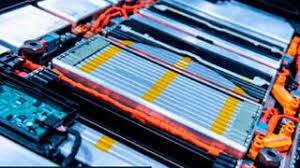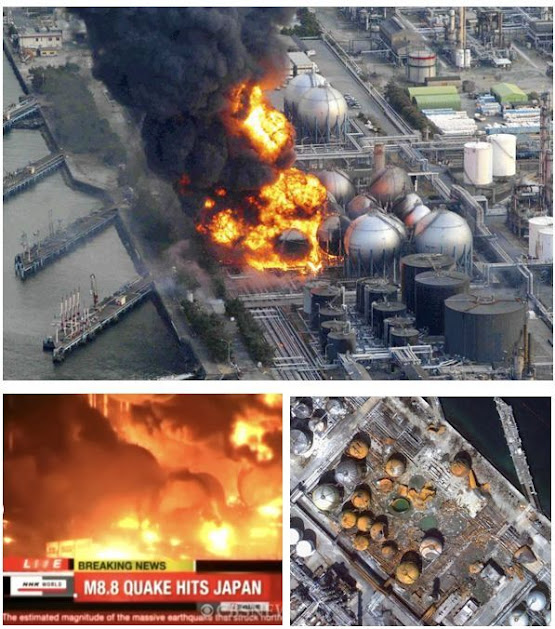Today's KNOWLEDGE Share: TYPES OF FIBERS

Today's KNOWLEDGE Share: TYPES OF FIBERS The different fiber types that can be used as reinforcement phases in composite materials. Today we would like to share with you the definitions and examples of the most common fibers used in the industry! Carbon fibers are long and thin strands of material with about 0.005-0.010 mm in diameter, composed mostly of carbon atoms (more than 90% content). The carbon atoms are bonded together in microscopic crystals that are more or less aligned parallel to the long axis of the fiber. The crystal alignment makes the fiber incredibly strong for its size. Glass fiber is a non-metallic material made from extremely fine fibers of glass. The base ingredients of glass fibers are forms of silica, mainly sand, limestone, stone ash and borax. It is also considered the oldest, and most familiar, performance fiber. Aramid (short for “aromatic polyamide”) fibers are synthetic fibers in which the fiber-forming substance is a long-chain synthetic polyamide




